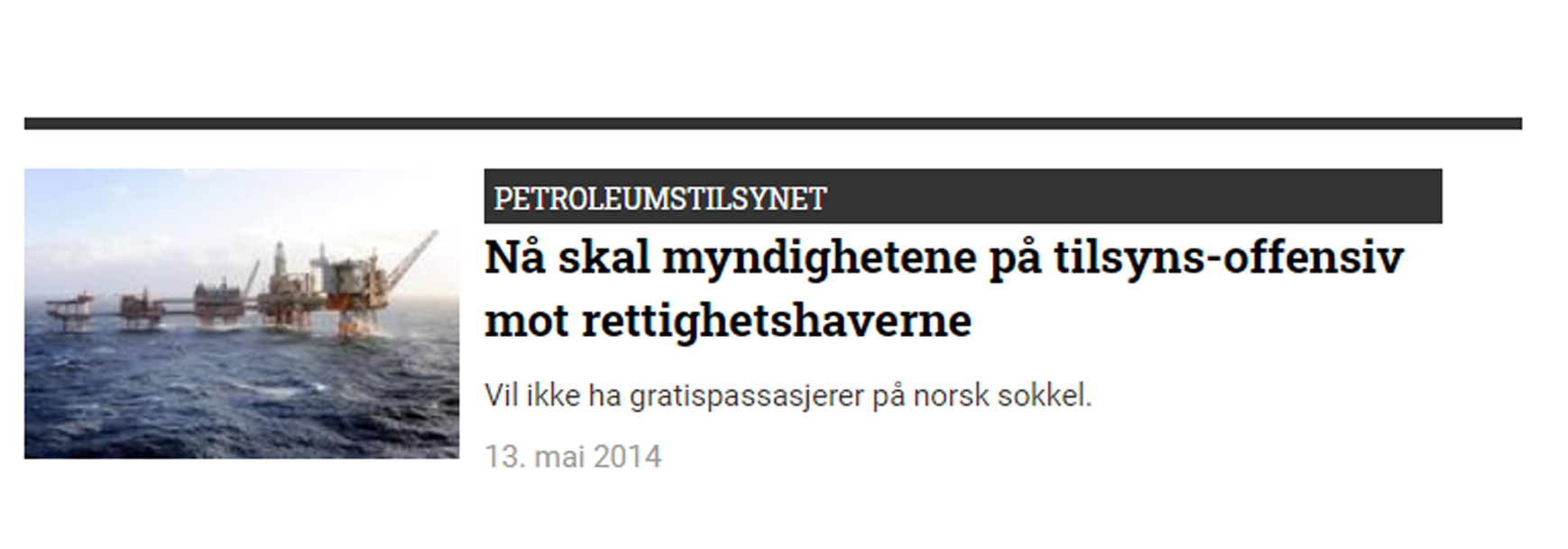Hess and licensee responsibilities

At the time of this writing in 2014, Valhall has only two licensees – BP Norge AS, as operator with 35.95 percent interest, and Hess Norge AS with the remaining 64.05 per cent. This structure is very different from when the license was originally awarded in 1965, with Amoco Norway Oil Company serving as the operator and holding 28.33 percent interest.
The first partners were Amerada Petroleum Company of Norway and Texas Eastern Norway Inc., also with 28.33 percent, plus the Norwegian Oil Consortium A/S & Co (Noco) with 15 percent interest. Enterprise Oil Norway A/S took over Texas Eastern’s interest in 1989, while Elf Petroleum Norge AS bought Noco out of the field in 1992. Amoco and BP merged in 1998, giving the new BP Norge AS a 28 percent stake in the license. After various mergers and sales of holdings, Hess ended up with almost two-thirds of the field.
Although the operator is responsible for the day-to-day operations management, Norway’s Petroleum Safety Authority (PSA) Framework regulations require the non-operating partners to contribute actively and to check compliance with the regulations. These rules impose clear duties to support and challenge the operator, to be a competent collaborator and to “see to it” that petroleum operations are conducted in an acceptable manner.
 Hess og rettighetshaveres ansvar
Hess og rettighetshaveres ansvarIn 2012 the PSA launched a campaign to ensure that non-operating partners were fulfilling their “see to it” obligations defined by these framework regulations. This campaign involved conducting an audit that focused on organization, management, documentation and risk management.
Hess Norge was chosen as the first non-operating licensee to be covered by the new audit process. As a result of the audit, Hess Norge received orders from the PSA in January 2014.
In Norwegian regulatory practice, an order is an individual decision based on the regulations. Before the PSA issues an order, it sends a notice to the company concerned. Notice of an order is neither an instrument nor a warning of sanctions, but part of the PSA’s administrative routines. The notice asks the recipient to assess the finding on factual basis. The notice is merely a first step before an order is issued. The order has a strongly preventive character and is legally binding on whoever receives one.[REMOVE]Fotnote: PSA 4 December 2013, Notice of order to Hess – Valhall.
The 2012 Hess Norge audit was the first time PSA conducted an audit on a non-operator directly and the PSA plan was to carry out similar audits on other non-operators. According to the PSA, no special factors prompted it to take a closer look at the non-operating licensees. Under the regulations, the licensees must make provision for the operator to perform its role. They have a duty both to “see to it” and to take action. Their “see to it” duty (påseplikt) is a Norwegian legal term for the requirement that the license partners must follow up the operator in a systematic manner. How this responsibility is exercised must be specified in their management system. Accordingly the licensees must be able to document that they possess sufficient resources and expertise to be able to decide how the operator is doing its job.
The duty to take action includes ensuring that conditions comply with the regulations, and imposes an independent obligation on the non-operating licensee to obtain adequate information. That means the non-operator, depending on the factors involved in specific cases, may have a duty to conduct audits of the operator.[REMOVE]Fotnote: PSA, 14 February 2012, Responsibilities of operators and licensees.
The findings of the audit identified that Hess had to improve their documentation system needed to track decisions and basic documents and needed to demonstrate a management system in accordance with the regulations system.[REMOVE]Fotnote: PSA, 14 February 2013, Audit of Hess as a licensee in the Valhall production licence. However, Hess was in a process of developing a new management system which would satisfy both the Norwegian regulations and the requirements of Hess Corporate, its parent company.
The second non-conformity identified dealt with its risk management system. While Hess had conducted annual risk workshops they were unable to rigorously document results and action plans from these activities as well as recording that the results had been applied to the license.
A third non-conformity was about the robustness of its documentation system. Contributing factors was that former employees had handled documentation personally and that some activities had been conducted by the company’s former London office. Documentation was difficult to trace and the system needed improvement.
To address the audit findings Hess Norge established a comprehensive process-based Management System that addressed the regulatory requirements, implemented a Risk Management Practice and a Document Management System. Training was provided across the organization on these Systems and this training as well as internal audits and compliance checks continue to take place regularly. The order was closed and the PSA confirmed that the company has got its systems to function.[REMOVE]Fotnote: Teknisk Ukeblad, 13 May 2014, “Nå skal Petroleumstilsynet på tilsynsoffensiv mot rettighetshaverne”.
